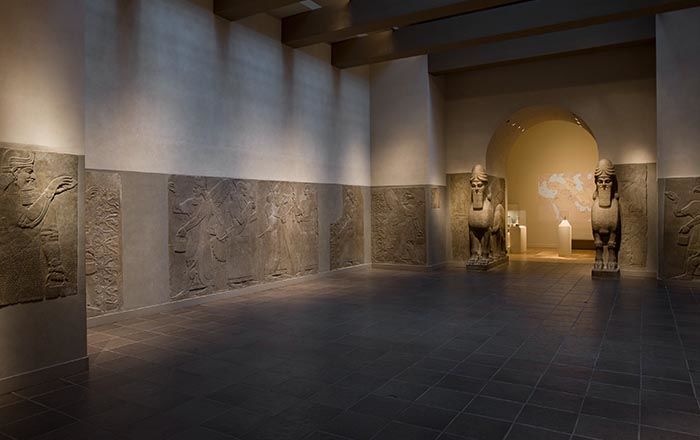Bowl
Not on view
This conical bowl has a flat base and a horizontal loop handle on one side. It is made of a buff clay, using a potter’s wheel. It was excavated at Tepe Nush-i Jan, an Iron Age hilltop site about 60 km sound of Hamadan in western Iran. Nush-i Jan was occupied in the 7th and 6th centuries B.C., and its occupants are generally thought to be the Medes, an Iranian people known from Assyrian, Achaemenid and Biblical sources. Though the textual sources portray them as a powerful empire, archaeological evidence for the Medes has yet to sustain this impression. Rather, they seem to have lived in scattered fortified sites in western and central Iran, without any clear capital. Nush-i Jan, one of the best known of these sites, features two temples, a columned hall, and a fort. This jar was found in the Central Temple, a tower-like structure in the middle of the site. Thus it may have been used in a ritual performed there.
This image cannot be enlarged, viewed at full screen, or downloaded.

